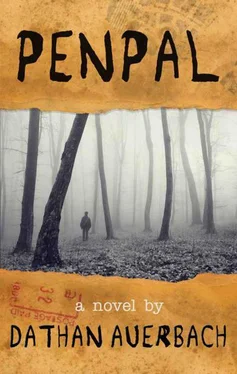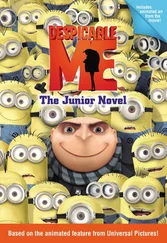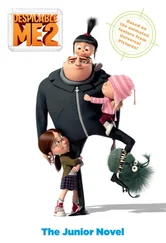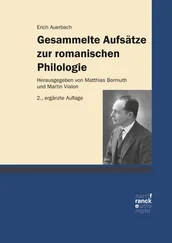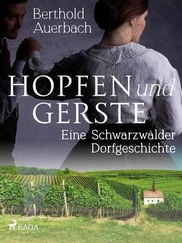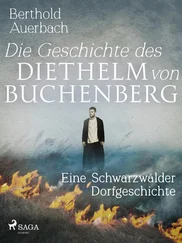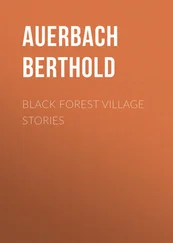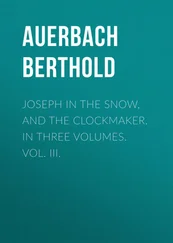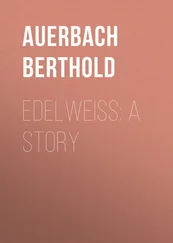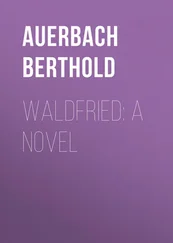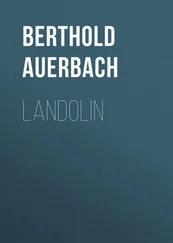Dathan Auerbach - Penpal
Здесь есть возможность читать онлайн «Dathan Auerbach - Penpal» весь текст электронной книги совершенно бесплатно (целиком полную версию без сокращений). В некоторых случаях можно слушать аудио, скачать через торрент в формате fb2 и присутствует краткое содержание. Год выпуска: 2012, Издательство: 1000Vultures, Жанр: Ужасы и Мистика, на английском языке. Описание произведения, (предисловие) а так же отзывы посетителей доступны на портале библиотеки ЛибКат.
- Название:Penpal
- Автор:
- Издательство:1000Vultures
- Жанр:
- Год:2012
- ISBN:нет данных
- Рейтинг книги:3.67 / 5. Голосов: 3
-
Избранное:Добавить в избранное
- Отзывы:
-
Ваша оценка:
- 80
- 1
- 2
- 3
- 4
- 5
Penpal: краткое содержание, описание и аннотация
Предлагаем к чтению аннотацию, описание, краткое содержание или предисловие (зависит от того, что написал сам автор книги «Penpal»). Если вы не нашли необходимую информацию о книге — напишите в комментариях, мы постараемся отыскать её.
Penpal — читать онлайн бесплатно полную книгу (весь текст) целиком
Ниже представлен текст книги, разбитый по страницам. Система сохранения места последней прочитанной страницы, позволяет с удобством читать онлайн бесплатно книгу «Penpal», без необходимости каждый раз заново искать на чём Вы остановились. Поставьте закладку, и сможете в любой момент перейти на страницу, на которой закончили чтение.
Интервал:
Закладка:
After the photo was taken, we formed a circle around the teacher who said a few things about friendship and community that I imagine went mostly unheard by the students whose attention was now myopically focused on loosening the grip on their balloons’ tethers. When her speech was finally over, the countdown began.
FIVE…
FOUR…
THREE…
TWO…
…ONE AND A HALF…
There was a collective groan in protest; she did this frequently. Although we didn’t know what this number was, we knew that it was a way of stalling.
ONE!
All at once, each kid yelled whatever their chosen launch word was, and the courtyard became a carnival as two dozen brightly colored floating balls filled the sky. We ran chasing our balloons and tried desperately to distinguish them from other ones of the same color. Crosscurrents and updrafts flung the balloons wildly in different directions, and their human counterparts mirrored their movements on the ground below. Several kids collided with one another as they ran frantically chasing their balloons, but instead of fights, there were laughs.
Despite the ruckus, I heard a rogue “BLAST OFF!” and shot my eyes down from the sky to see Chris releasing a bright green balloon that the teacher had just given him so that he could participate. As the balloons reached ever-upwards, it became almost impossible to track my own balloon, and this brought with it a new kind of excitement. Where would it go? Who would find it? I remember that day so clearly. When I think about it, I can almost feel a phantom sun on my face and can sometimes, just faintly, smell my teacher’s perfume. It was one of the happiest days that I had ever had.
Over the next couple of weeks, the letters started to roll in. Most of the notes came, as requested, with pictures of different landmarks, and the teacher would pin each picture on the big wall-map that we had taken our Polaroids in front of. Arranging them directly on the map made it easy to see where the letter had come from and just how far the balloon had traveled. We did this at the very beginning of class each day, which was a really smart idea because we actually looked forward to coming to school to see if our letters had come in.
For the duration of the year, we would have one day a week where we could write back to our penpal, or another students’ penpal, in case our letter had not come in yet. Day after day, I arrived at school excited but left dejected at the fact that my letter hadn’t arrived yet. There were other students who didn’t receive letters either — not every balloon would be found, and this was something the teacher had reminded us of frequently — but this fact didn’t offer me any consolation. I worried that all my hard work would have been for nothing, and I started to resign myself to the idea that I would have to write to one of my peers’ penpals if I wanted to have anyone to write to at all.
But then one day it came.
My letter was one of the last to arrive. Upon entering the classroom, I looked at my desk and saw that, once again, there was no letter waiting for me, but as I sat down, the teacher approached me and asked me about the letter I had written. She asked me if I remembered what I had sent away with the balloon. I was a bit taken aback, but I told her about what I wrote, and about the dollar, and about the drawing. When I finished, she brought her hand from behind her back and said with a smile, “I think this is for you, then.”
I was delirious with excitement, and my confusion regarding her questions about the letter I had sent ended when I saw the envelope. On the back, right over the seal, there was a drawing of a stick figure holding a balloon — just like the one I had drawn. The letter really was for me.
I must have looked ecstatic, because as I was about to open it, she put her hand on mine to stop me and said, “Please don’t be upset.” I didn’t understand what she meant — why would I be upset now that my letter had come? I was mystified that she would even know what was in the envelope, but of course, I know now that she had screened the contents to make sure there was nothing obscene. But sitting at that desk, I was baffled by her concern that I would be disappointed. My balloon hadn’t gotten lost. The person who found it hadn’t just thrown my letter away. All other possible details seemed negligible and insignificant to me. But when I opened the envelope, I understood her reaction.
There was no letter.
The only thing in the envelope was a Polaroid, but I couldn’t make out what the image was. It looked like a patch of desert, but it was too blurry to decipher; it appeared as if the camera had been moved while the picture was being taken. I turned the Polaroid over, but there was nothing on the back. It was just a Polaroid and nothing more. There wasn’t even a return address. I realized that I wouldn’t be able to write back, and since there was no way to tell where the picture was taken, it couldn’t even be placed anywhere on the map. Instead, my teacher tacked it on the side of the map next to the compass rose — out of the way, but still a part of the project. I was crushed.
When I got home, my mom asked me how my day was, and so I told her. I told her I had gotten a letter from my penpal, and she became visibly excited. I think she had always known that I might never get a response, and as time went on and my potential contact remained silent, her consolations shifted from optimism in possibility and potential to realism and acceptance. So, when I actually received something, she was both shocked and overjoyed for me since she knew how badly I had wanted someone to write me back. When I told her that there was no letter, only a Polaroid, she joked that maybe my penpal had bad handwriting and was embarrassed after seeing how good mine was. I didn’t think that this was actually the case; my letter had been damaged before it even touched the sky. But my mother’s words always seemed to have the ability to make me feel better, so I accepted her rationale, and I felt happy that I had gotten anything at all.
The school year pressed on, and the letters had stopped coming for nearly all of the other students; after all, you can only continue a written correspondence with a kindergartener for so long. This was expected by the teacher, and the lull was worked into the curriculum — our Friday letter-writing sessions slowly morphed into other projects, and everyone, including myself, had lost interest in the letters almost completely. I still thought about the picture from time to time. In some way, I still felt as if I had been cheated, but then again, there were students who had received nothing at all because their balloons had apparently been lost or disregarded. Recognizing this, I realized that I would seem greedy to those kids, and so any time I felt compelled to complain, I would bite my tongue. Gradually, I internalized this pretended acceptance and simply moved on both in appearance and thought — until I got another envelope.
My excitement was rejuvenated fully, and I secretly reveled in the fact that I had just gotten a letter while nearly all of the other penpals had abandoned their involvement. Most of my classmates had written back and forth with their penpals several times, and the ones who received nothing at all were probably the victims of bad weather and bad luck. The first envelope I had received, however, was tantamount to someone laughing in my face; it seemed as if someone had gone through just enough trouble to let me know that he didn’t care. Holding the correspondence in my hand validated my objections to the original arrival. It made sense that I received another delivery — there had been nothing but a blurry picture in the first one — this was probably to make up for that.
Читать дальшеИнтервал:
Закладка:
Похожие книги на «Penpal»
Представляем Вашему вниманию похожие книги на «Penpal» списком для выбора. Мы отобрали схожую по названию и смыслу литературу в надежде предоставить читателям больше вариантов отыскать новые, интересные, ещё непрочитанные произведения.
Обсуждение, отзывы о книге «Penpal» и просто собственные мнения читателей. Оставьте ваши комментарии, напишите, что Вы думаете о произведении, его смысле или главных героях. Укажите что конкретно понравилось, а что нет, и почему Вы так считаете.
